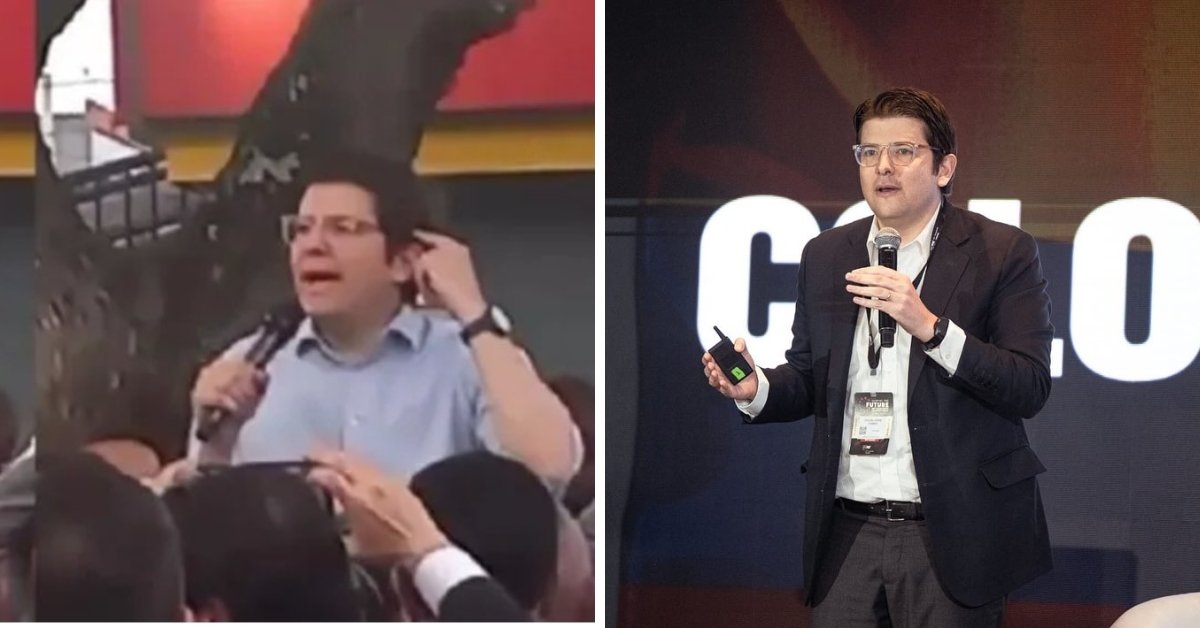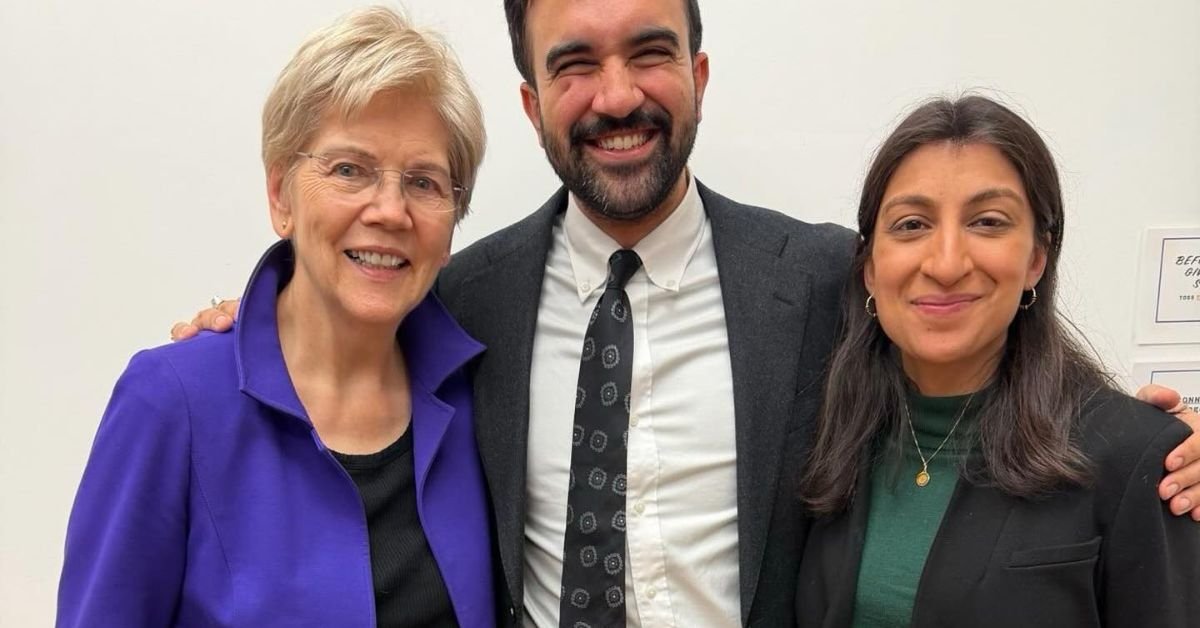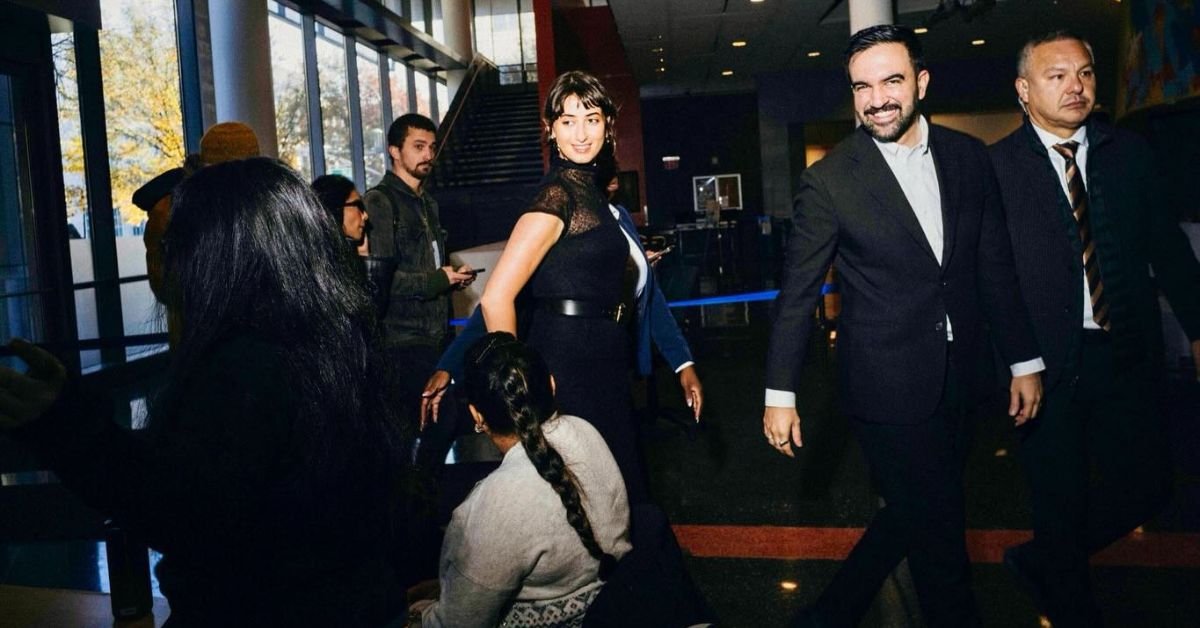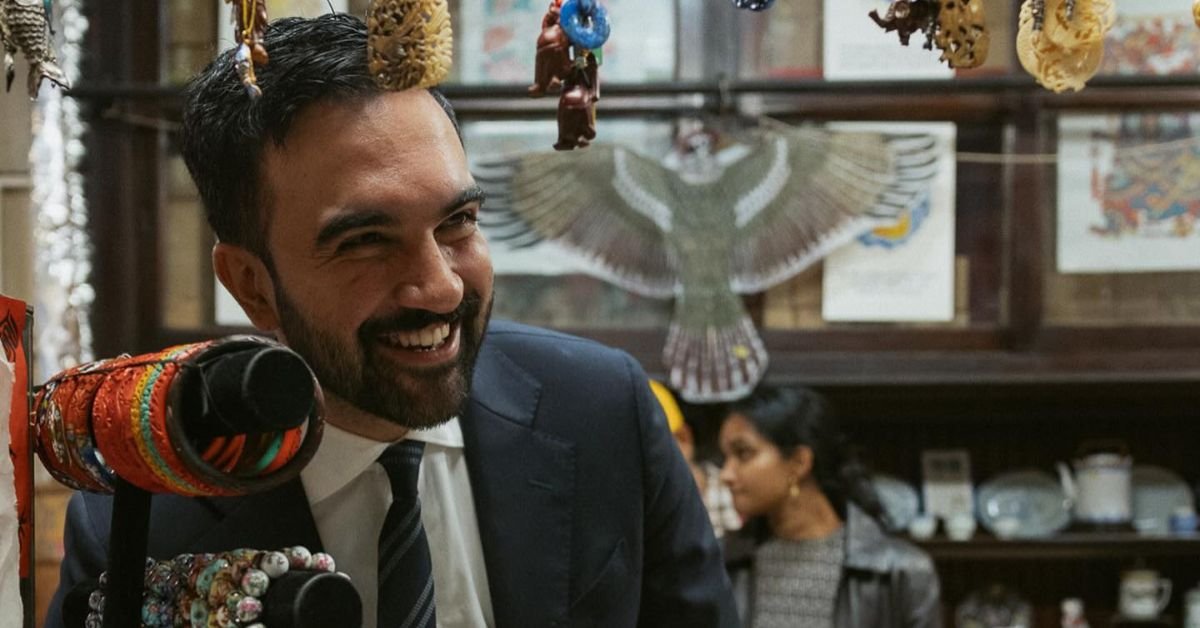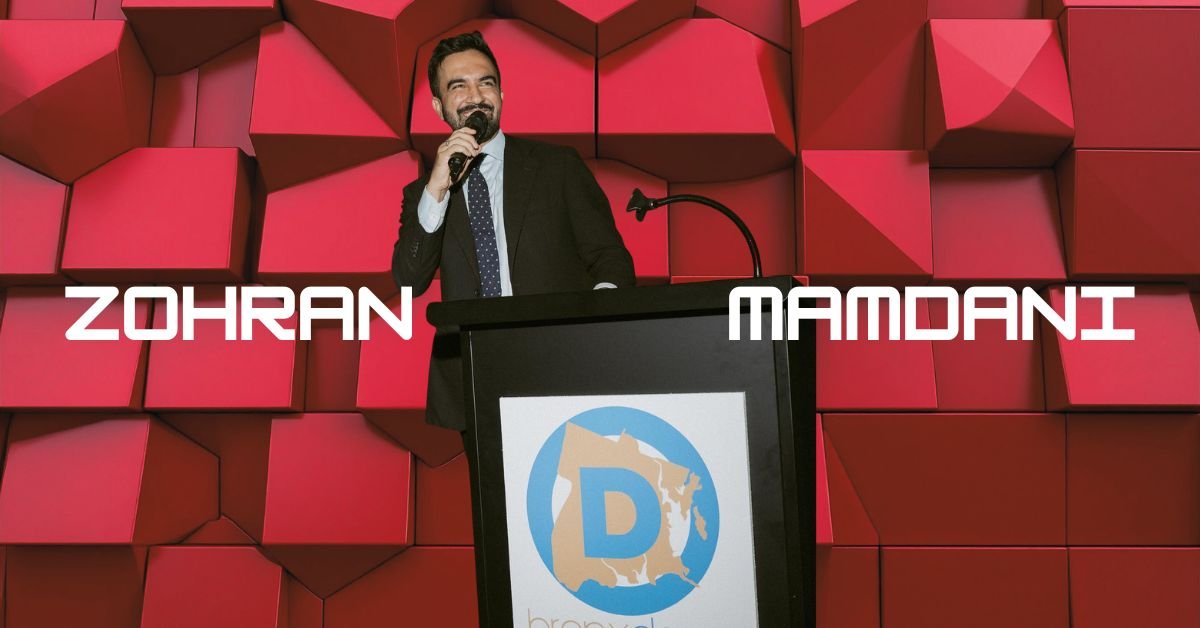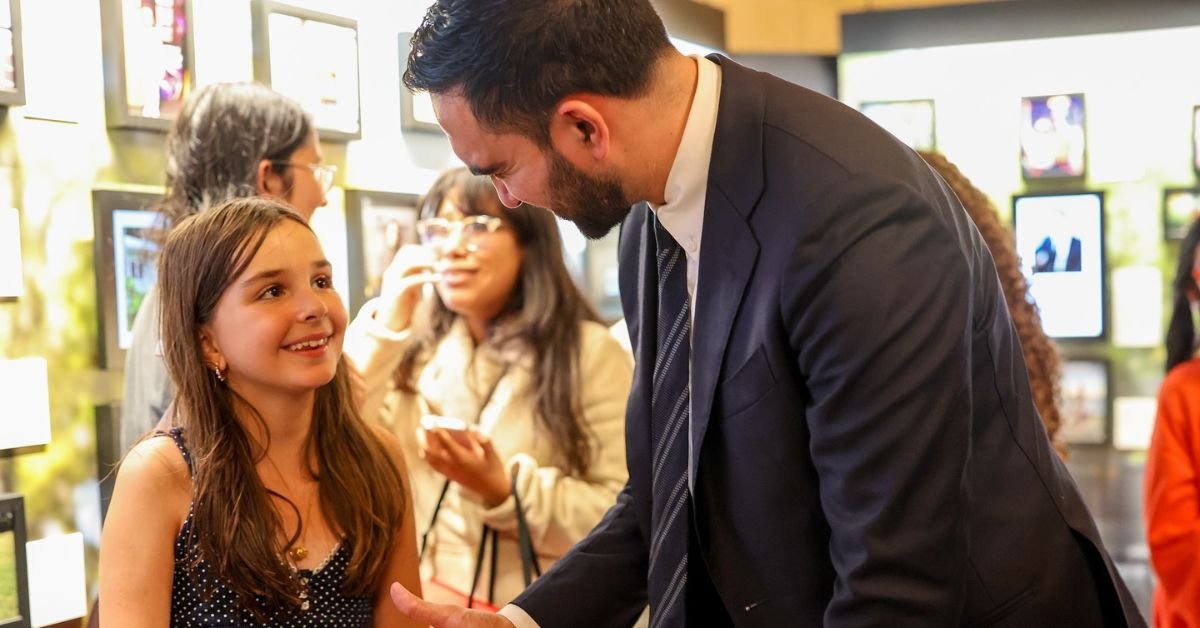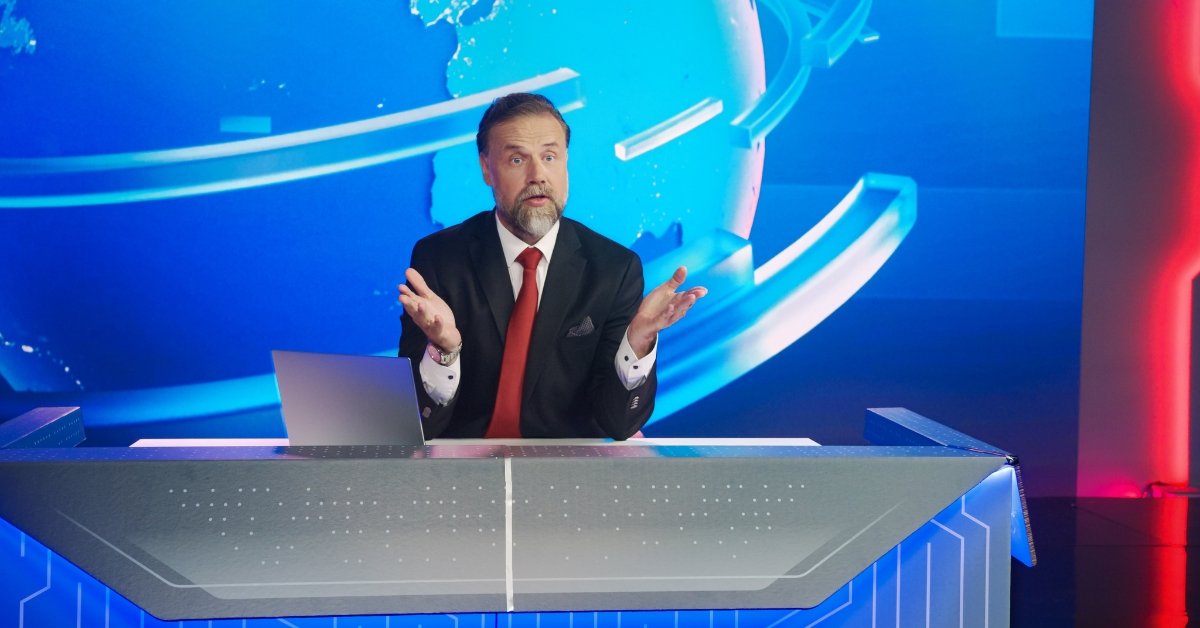Table Of Contents
Miguel Uribe Turbay
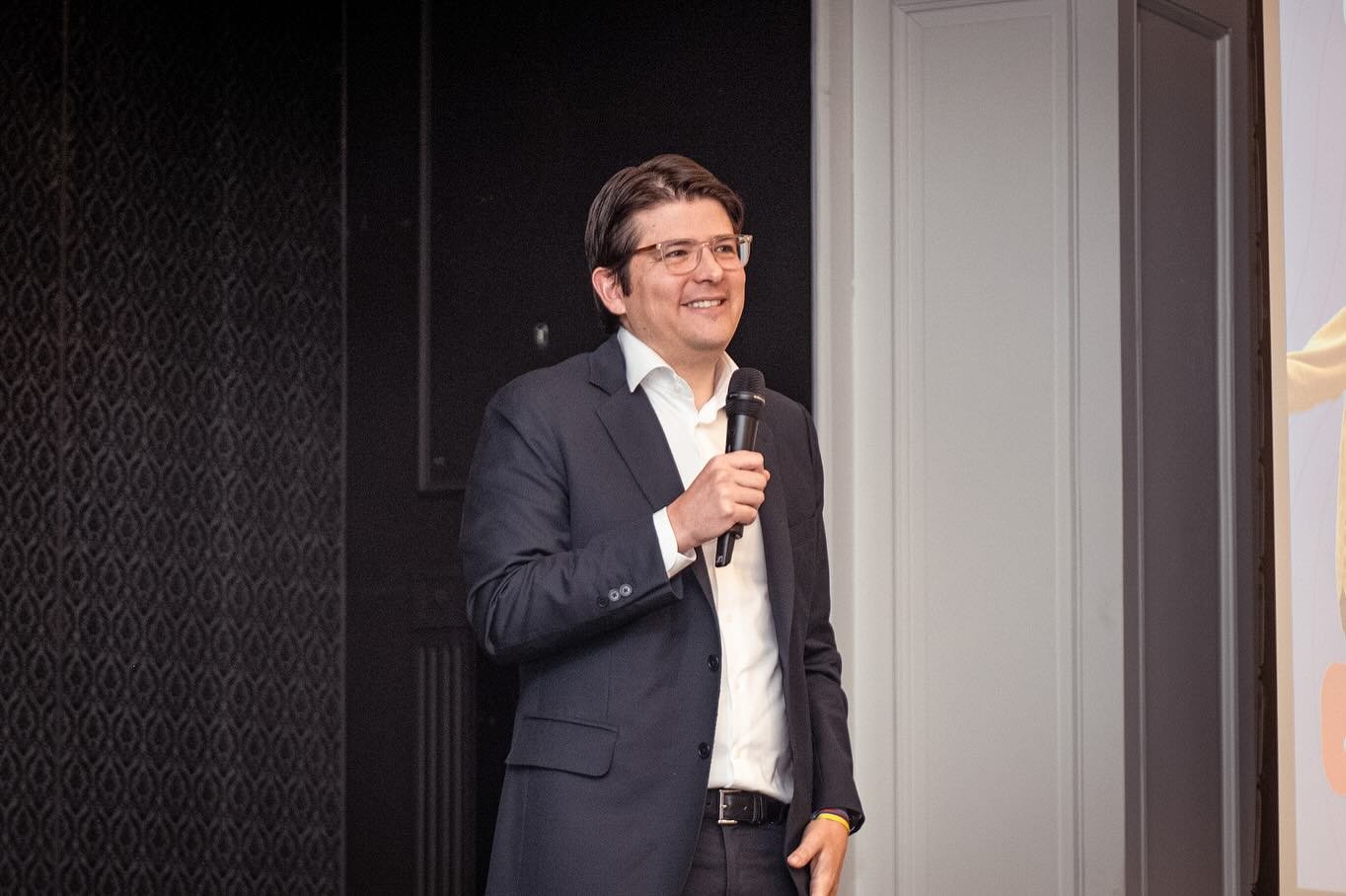
On June 7, 2025, the vibrant streets of Bogotá were shaken by a violent act that sent ripples through Colombia and beyond.
Miguel Uribe Turbay, a 39-year-old senator and presidential hopeful, was shot three times during a campaign rally in El Golfito Park, Modelia, Fontibón.
The attack, which left him fighting for his life, has raised haunting questions: Who orchestrated this brazen assault? Was it a lone act or part of a larger conspiracy?
Moreover, what does it mean for Colombia’s fragile political landscape?
At THOUSIF Inc. – USA, we investigate every detail of this chilling incident, assembling the facts, reactions, and implications.
This is not just a news story.
It is a human tragedy, a political earthquake, and a stark reminder of Colombia’s turbulent past.
Let us unpack this shocking event’s who, what, where, when, and why.
The Incident: A Campaign Rally Turned Nightmare
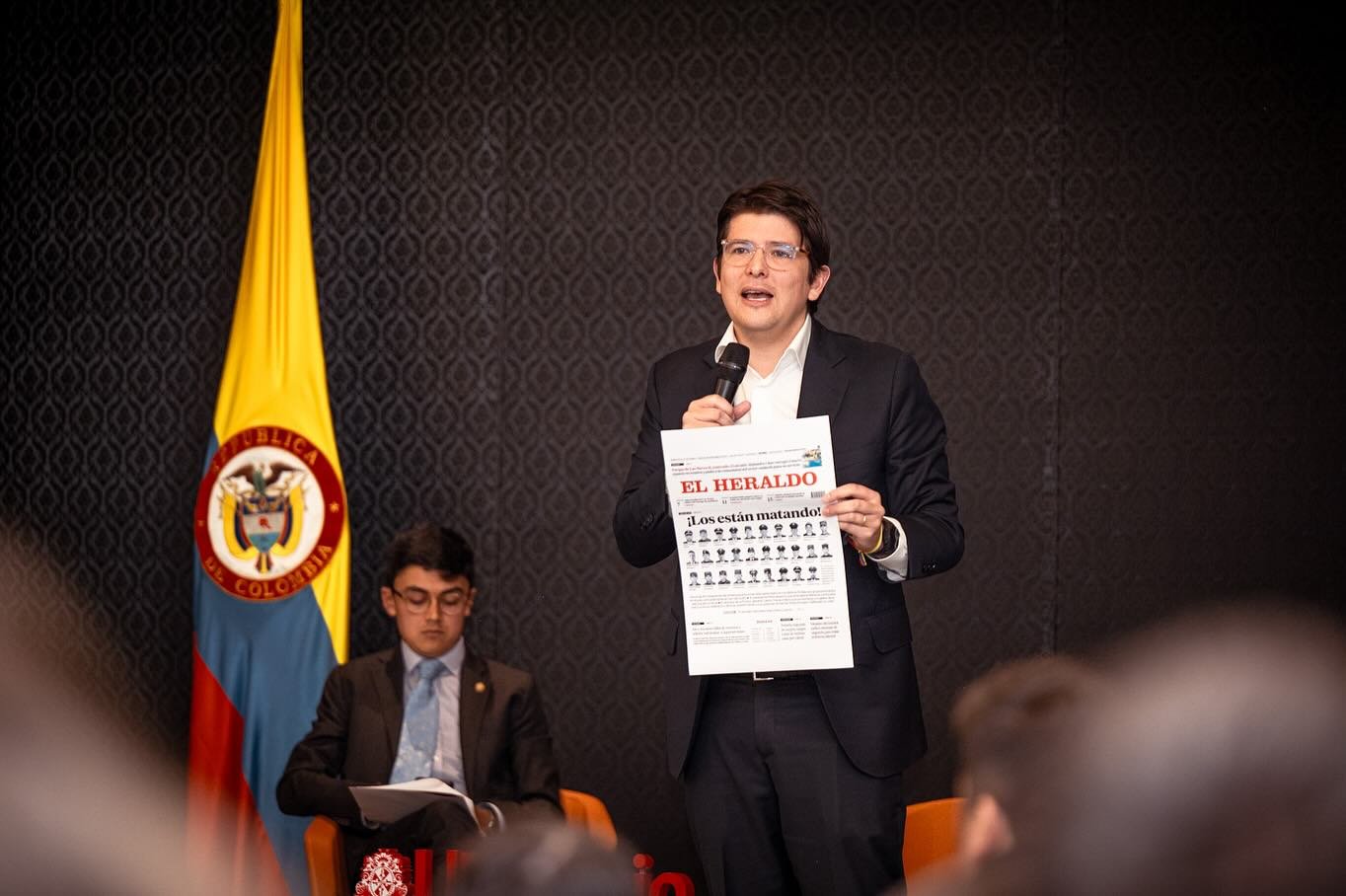
It was a typical Saturday evening in Bogotá’s Fontibón neighborhood.
Miguel Uribe Turbay, a charismatic senator and a rising star in the right-wing Centro Democrático party, addressed a small crowd of supporters at El Golfito Park.
The event was part of his early campaign for the 2026 presidential election, a race for which he had announced his candidacy in March 2025.
Accompanied by councilman Andrés Barrios and a team of 21, Uribe engaged with voters when chaos erupted.
At around 5 p.m., gunshots rang out.
Videos circulating on social media captured the horrifying moment: Uribe, mid-speech, was struck by three bullets, two to the head and one to the knee.
The crowd scattered in panic, screaming as Uribe collapsed, bloodied and limp.
Bystanders and aides rushed to his aid, cradling him before paramedics arrived.
He was airlifted to the Santa Fe Foundation hospital, where he underwent emergency neurosurgery and peripheral vascular procedures.
The scene was chillingly reminiscent of Colombia’s dark days of political violence, a period many believed the country had left behind.
As Uribe was rushed to the hospital, a 15-year-old suspect was apprehended at the scene, carrying a 9mm Glock pistol and nursing a leg injury from a pursuit.
The question on everyone’s mind: Was this teenager acting alone, or was he a pawn in a larger plot?
Miguel Uribe Turbay: The Man At The Center

To understand the gravity of this attack, we need to know the man targeted.
Miguel Uribe Turbay is no ordinary politician.
Born into a prominent Colombian family, he carries a legacy steeped in politics and tragedy.
Here is a snapshot of his background:
| Aspect | Details |
|---|---|
| Full Name | Miguel Uribe Turbay |
| Age | 39 (born 1986) |
| Political Affiliation | Centro Democrático (conservative, right-wing) |
| Current Role | Senator since 2022 |
| Presidential Bid | Announced candidacy for the 2026 election in March 2025 |
| Family Legacy | Grandson of former President Julio César Turbay Ayala (1978–1982) |
| Tragic History | Son of journalist Diana Turbay, killed by the Medellín Cartel in 1991 |
Uribe’s political journey is rooted in his family’s storied past.
His grandfather, Julio César Turbay Ayala, served as President of Colombia from 1978 to 1982.
His grandmother, Nydia Quintero de Balcázar, founded Solidarity for Colombia, a prominent organization.
However, it is his mother’s story that looms largest.
Diana Turbay, a respected journalist, was kidnapped in 1990 by Pablo Escobar’s Medellín Cartel.
She was killed during a botched rescue operation in 1991, just days before Miguel’s fifth birthday.
Her death, later chronicled in Gabriel García Márquez’s News of a Kidnapping, profoundly shaped Uribe’s life.
A Harvard graduate, Uribe entered politics with a focus on security and foreign investment, rising through Bogotá’s local government before becoming a senator in 2022.
A vocal critic of President Gustavo Petro’s leftist policies, he positioned himself as a champion of the right-wing opposition.
In October 2024, he announced his presidential bid from the site of his mother’s death, declaring, “I could have grown up seeking revenge, but I decided to do the right thing: forgive, but never forget.”
The Attack: What We Know
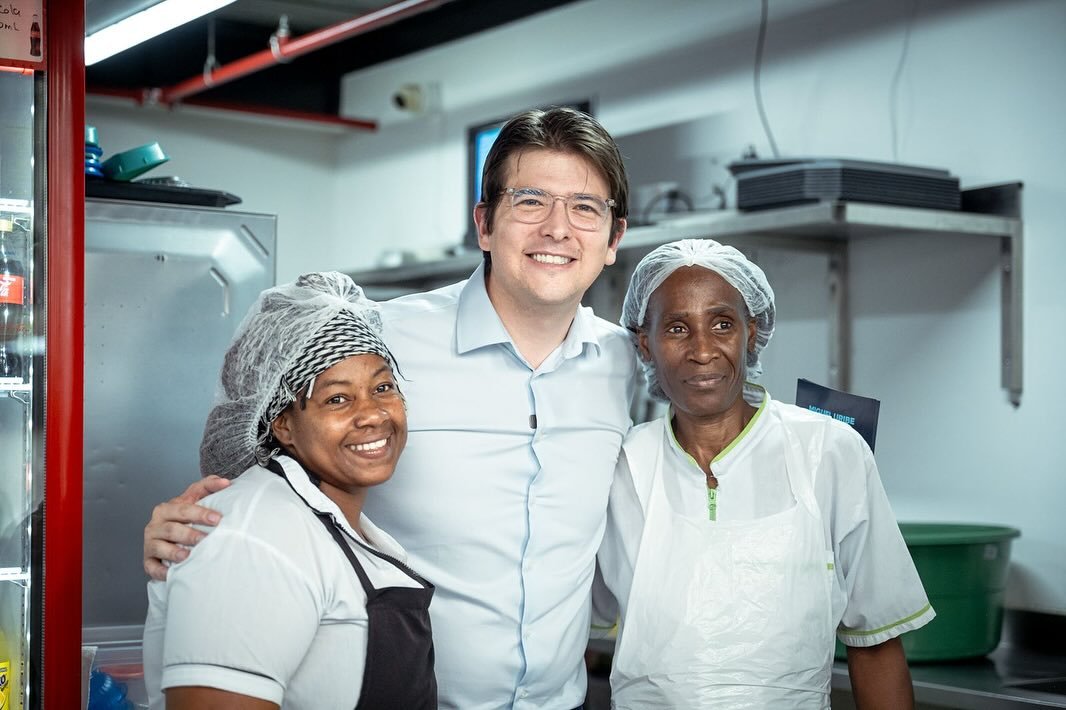
The shooting occurred in El Golfito Park, a public space in Modelia, Fontibón, known for community events.
The choice of location, a visible, open area, raises questions about security lapses.
A team surrounded Uribe, yet the attacker got close enough to fire three precise shots. Here is a detailed breakdown of the incident:
| Detail | Information |
|---|---|
| Date and Time | June 7, 2025, ~5:00 p.m. |
| Location | El Golfito Park, Modelia, Fontibón, Bogotá |
| Injuries | Three gunshot wounds: two to the head, one to the knee |
| Weapon | 9mm Glock pistol (recovered from the suspect) |
| Suspect | 15-year-old male, arrested at the scene, injured in the leg |
| Other Casualties | Two others were wounded (details undisclosed) |
| Immediate Response | Uribe airlifted to Santa Fe Foundation hospital; suspect apprehended |
Videos shared online show the chaos: gunfire erupts, Uribe falls, and supporters flee.
One clip captures aides cradling a bloodied Uribe beside a car smeared with blood.
Another shows the suspect limping and clutching a firearm, attempting to escape before being detained.
Bogotá’s mayor, Carlos Fernando Galán, confirmed the suspect’s arrest and noted that the city’s hospital network was on alert.
Medical Updates: A Fight For Survival
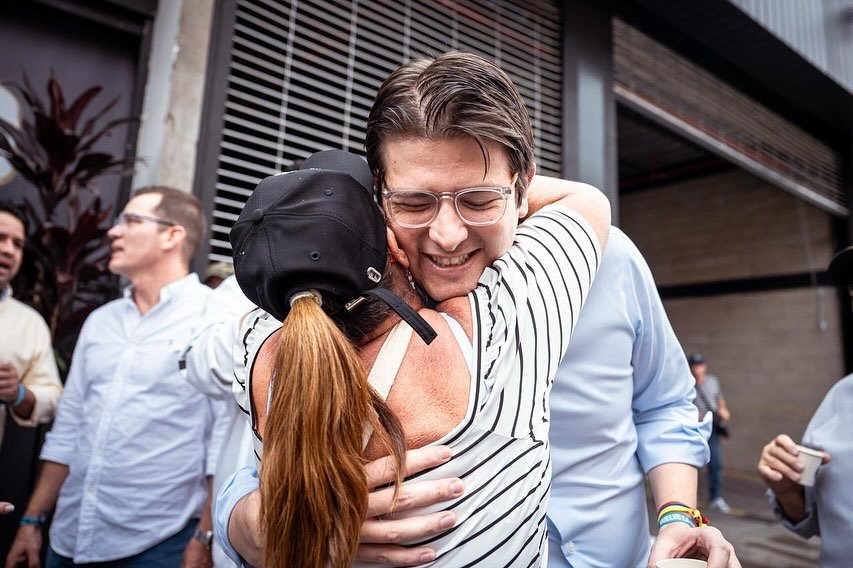
As of June 8, 2025, Uribe remains in critical condition. After undergoing emergency surgery, he is in “the critical hours” of recovery, according to Mayor Galán.
His wife, Maria Claudia Tarazona, shared a heartfelt message on Uribe’s X account: “Miguel is fighting for his life. Let us ask God to guide the hands of the doctors treating him. I ask everyone to join us in a chain of prayer for Miguel’s life.”
Supporters gathered for a candlelight vigil outside the Santa Fe hospital, a testament to Uribe’s impact.
The medical team at Santa Fe Foundation reported that Uribe required neurosurgical and peripheral vascular procedures due to the severity of his head and knee injuries.
The two headshots, in particular, pose significant risks, and his prognosis remains uncertain.
The nation holds its breath as updates trickle in.
The Suspect: A Teenage Assassin?
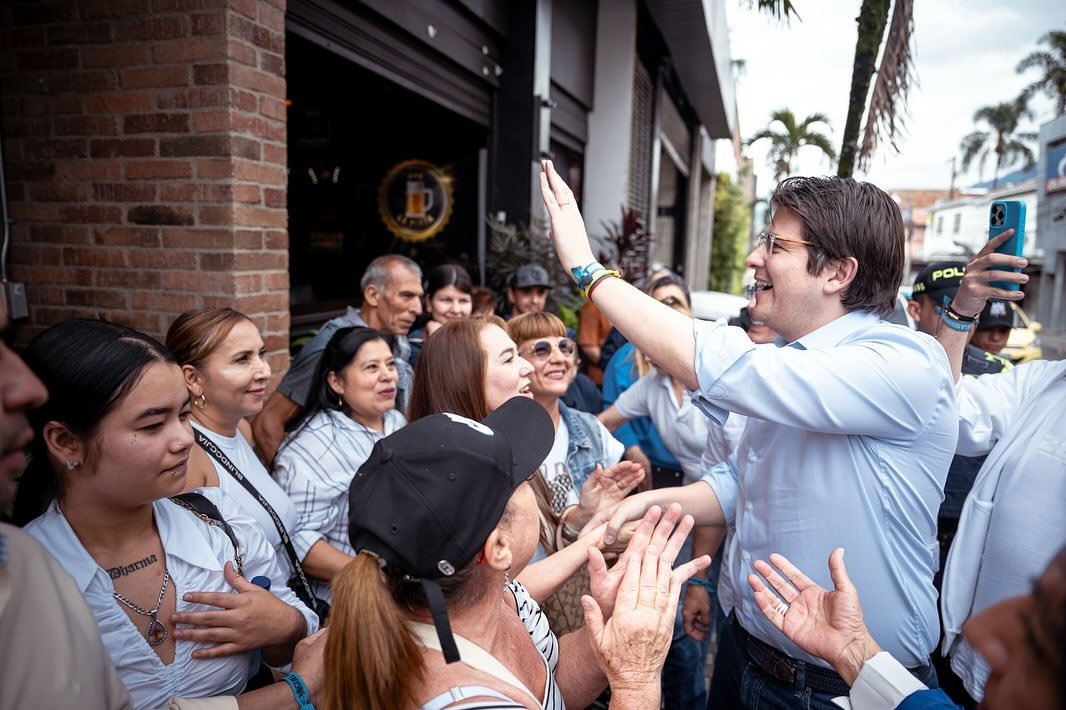
The arrest of a 15-year-old suspect has stunned Colombia.
Described as a “sicario” (paid hitman) by some reports, the teenager was apprehended with a 9mm Glock and a leg injury sustained during his attempted escape.
Security footage allegedly captured his flight from the scene, and investigators are analyzing his cellphone, with two chats drawing particular attention.
Key details about the suspect:
| Aspect | Details |
|---|---|
| Age | 15 (minor under Colombian law) |
| Weapon | 9mm Glock pistol |
| Injuries | Shot in the leg during pursuit |
| Evidence | Cellphone under investigation; two chats flagged |
| Legal Status | In custody, protected as a minor under Colombian law |
The suspect’s youth has sparked debate.
President Petro noted that Colombian criminals often exploit minors, suggesting the teenager may have been hired.
The Attorney General’s Office, led by Luz Adriana Camargo, described the case as “confusing” and probed whether others were involved.
A reward of 3 billion pesos ($730,000) has been offered for information leading to the arrest of additional perpetrators.
Investigation: Unanswered Questions
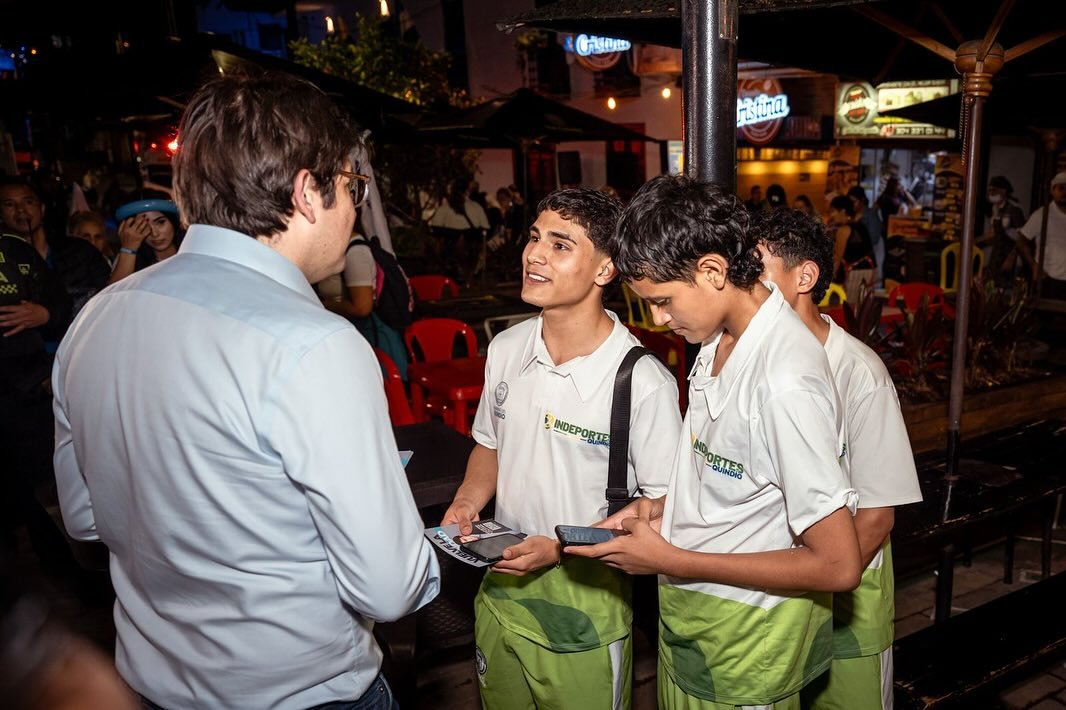
The investigation is in its early stages, with authorities racing to uncover the motive and masterminds behind the attack.
Key questions include:
- Who ordered the attack? Analysts like Elizabeth Dickinson from Crisis Group International suggest that using a hired hitman points to a deliberate, incendiary act in a polarized electoral context.
- Was it politically motivated? Uribe’s fierce criticism of Petro’s government makes political motives plausible, though no evidence has confirmed this.
- Were security protocols adequate? Petro has ordered a review of Uribe’s security team for potential failures, as the attacker breached a team of 21.
Police are interviewing eyewitnesses, and forensic experts are combing the crime scene.
The suspect’s cellphone may hold critical clues, but Petro has now emphasized that “there is nothing more than hypotheses.”
The government has deployed military, police, and intelligence agencies to clarify the facts, and Defense Minister Pedro Sánchez has vowed to use all available resources.
Political Reactions: A Nation Divided
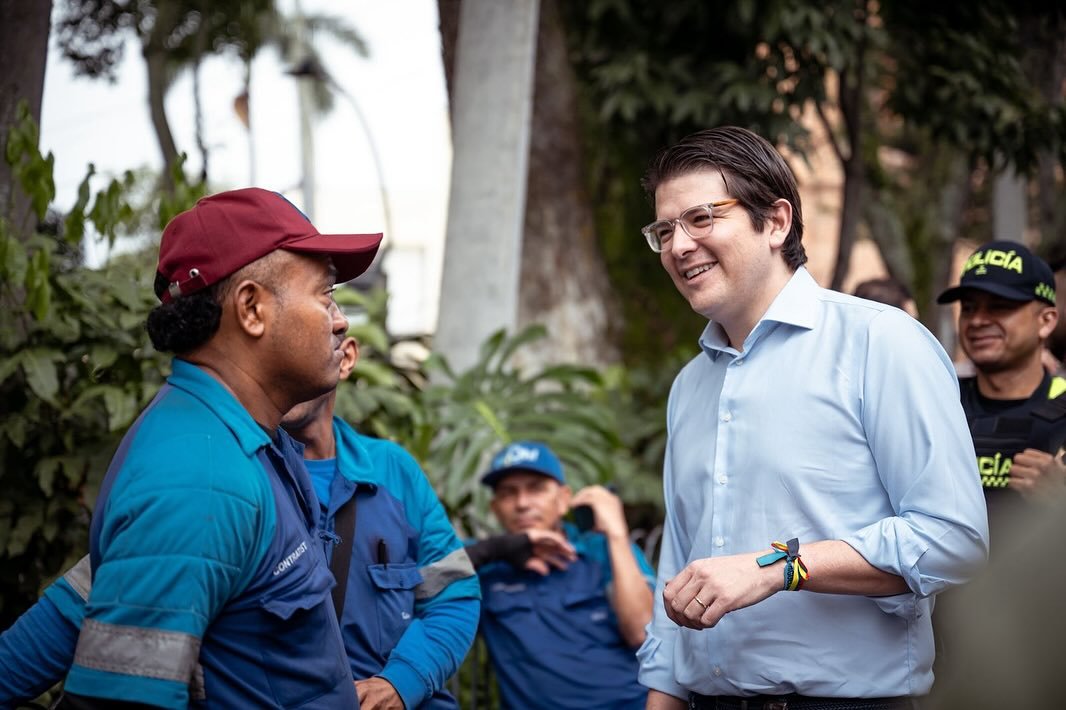
The attack has ignited a firestorm of reactions, reflecting Colombia’s deep political divisions.
Uribe’s Centro Democrático party called it an “unacceptable act of violence” and a “threat to democracy and freedom.”
President Petro condemned the attack, expressed solidarity with Uribe’s family, and canceled a planned trip to France due to the “seriousness of the events.”
In a televised speech, he vowed to find the “intellectual authors” of the attack, stating, “No resource should be spared, not a single peso.”
International leaders also weighed in. U.S. Secretary of State Marco Rubio condemned the attack as a “direct threat to democracy,” controversially blaming “violent leftist rhetoric” from Petro’s government.
The Spanish government and Latin American leaders, such as Chile’s Gabriel Boric and Ecuador’s Daniel Noboa, expressed solidarity, emphasizing that violence has no place in democracy.
Former Colombian presidents Ernesto Samper, Álvaro Uribe Vélez, Juan Manuel Santos, and Iván Duque strongly condemned them.
Álvaro Uribe, a mentor to Miguel and founder of Centro Democrático, described him as “the hope of the country, a great husband, father, son, brother, and colleague.”
Bogotá’s mayor, Carlos Fernando Galán himself, the son of assassinated presidential candidate Luis Carlos Galán, called the attack a “deep wound in our democracy.”
Historical Context: Echoes Of A Violent Past
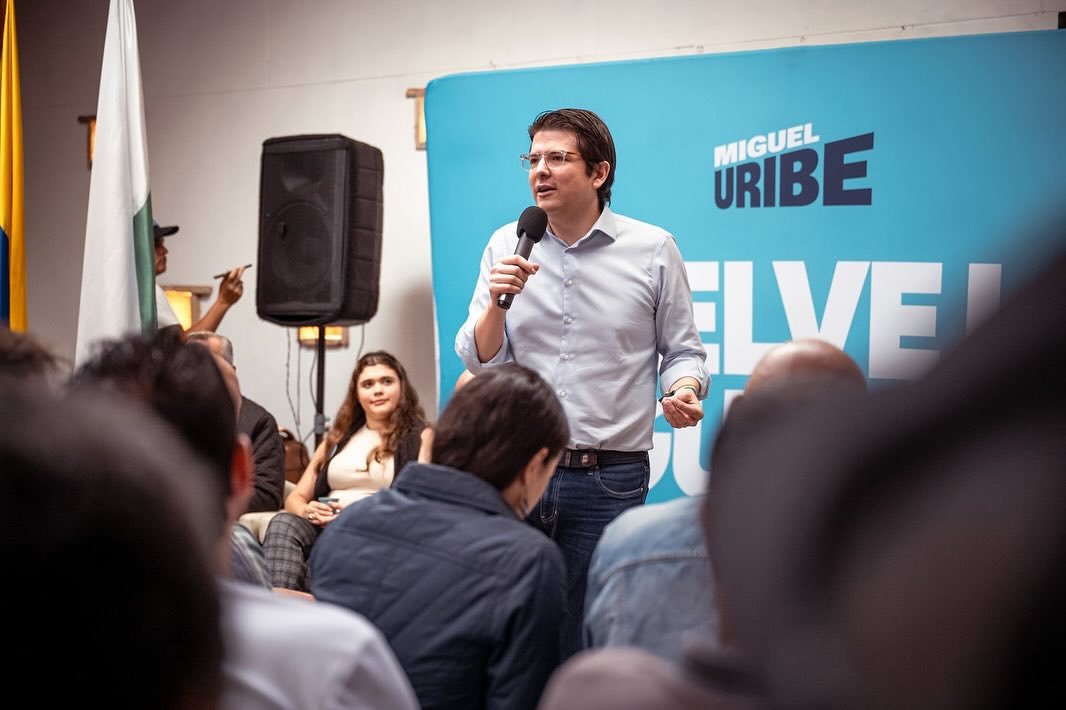
This attack is not an isolated incident.
It is a grim echo of Colombia’s history of political violence.
Assassinations, kidnappings, and cartel-driven chaos marked the 1980s and 1990s.
Uribe’s mother, Diana Turbay, was a victim of that era, as was presidential candidate Luis Carlos Galán, killed by Escobar’s hitmen in 1989.
Three presidential candidates were assassinated in the lead-up to the 1990 election, a period that scarred the nation.
Analysts draw parallels to this dark era.
Elizabeth Dickinson told NPR, “Essentially, what we have tonight is a return to a very dark era of politics in Colombia when violence was used as a political tool at the highest level.”
The attack on Uribe, the first high-profile assassination attempt in decades, raises fears of resurgent political violence as the 2026 election approaches.
Colombia has made strides toward peace, notably with the 2016 peace accord with FARC rebels.
However, ongoing conflicts with armed groups, coupled with rising crime and polarization, have strained security.
Uribe’s attack underscores the fragility of these gains and the challenges of protecting candidates in a contentious electoral season.
Implications: A Threat to Democracy
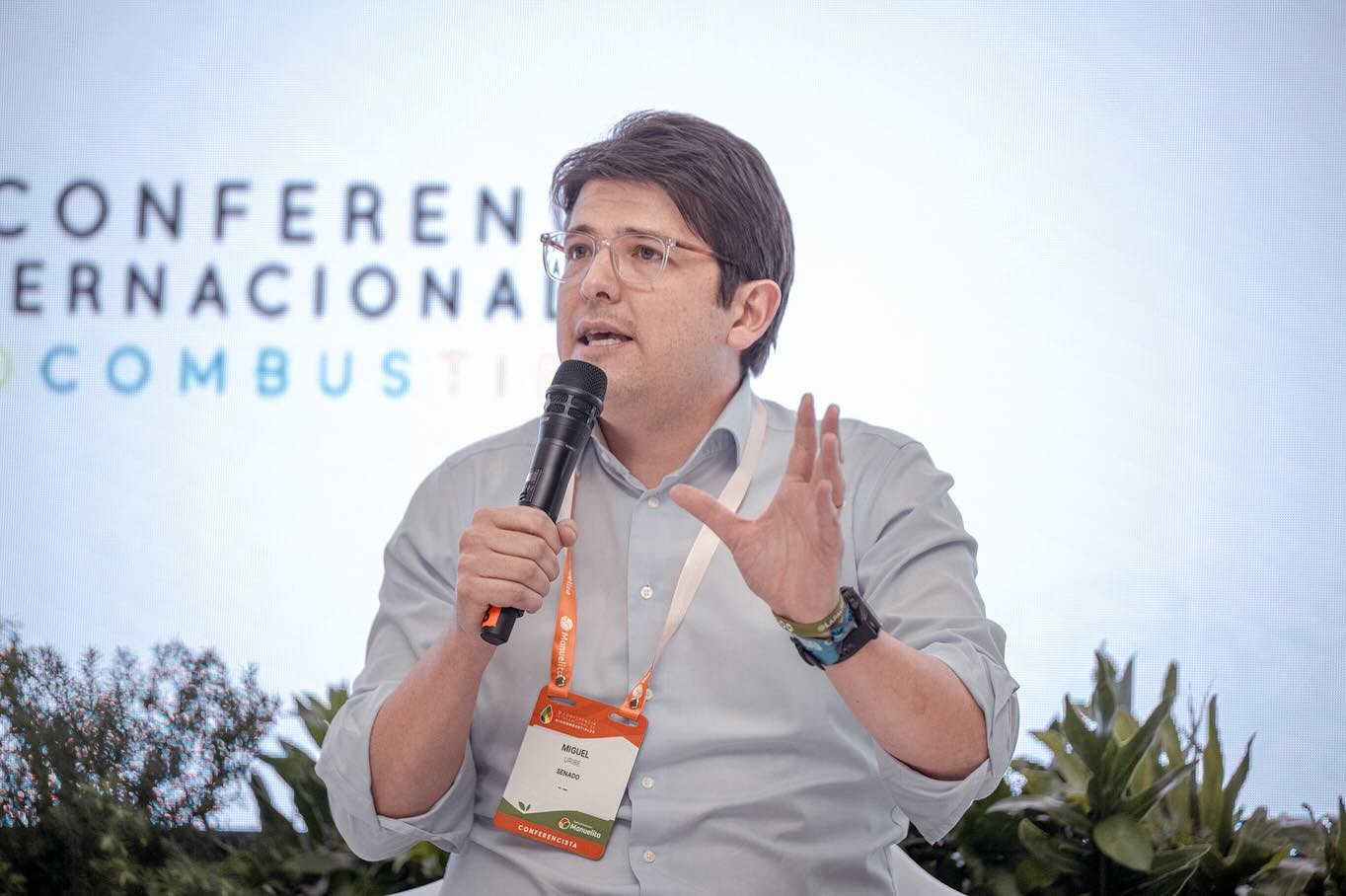
The shooting has far-reaching implications for Colombia’s political landscape.
Here are the key takeaways:
- Security Concerns: The attack has prompted calls for better candidate protection, with Vicky Dávila urging the international community to ensure candidates’ safety.
- Polarization: Accusations, like Rubio’s claim of “leftist rhetoric,” risk deepening divisions. Petro’s government faces pressure to dial back inflammatory language and focus on unity.
- Electoral Impact: As a leading opposition figure, Uribe’s survival or absence could reshape the 2026 race. His party may rally around his cause, galvanizing support.
- Public Trust: The incident erodes trust in democratic institutions, with fears of a return to cartel-era violence.
The attack has also sparked a broader conversation about minors in crime.
Petro’s comments on criminals exploiting children highlight a systemic issue, as does the suspect’s age.
Protecting democracy, ensuring justice, and addressing root causes, such as youth involvement in violence, are now urgent priorities.
Public Response: Vigils And Solidarity
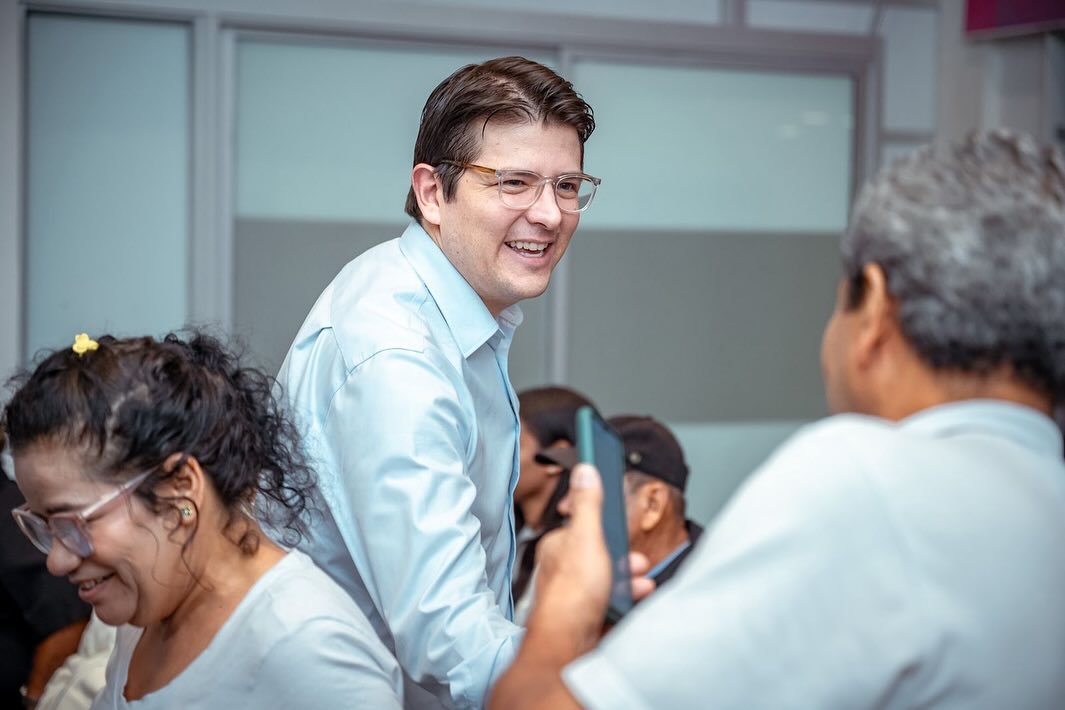
Colombians have rallied around Uribe and his family.
Vigils outside the Santa Fe hospital drew supporters, who held candles and prayed for his recovery.
Social media posts reflect a mix of grief, anger, and hope.
One user, @CarlosFGalan, noted, “The atrocious attack against Sen. Miguel Uribe is a new and deep wound in our democracy. Political violence has cost our country too much blood.”
The outpouring of support extends beyond Colombia.
Latin American leaders and international figures have condemned the attack, reinforcing a global call for non-violence in politics.
However, the polarized rhetoric on platforms like X, some blaming Petro and others decrying violence broadly, shows the challenge of uniting a fractured nation.
Conclusion: A Nation At A Crossroads

The shooting of Miguel Uribe Turbay is more than a headline.
It is a wake-up call.
It is a reminder of Colombia’s painful history, present challenges, and the stakes of its future.
As Uribe fights for his life, Colombia grapples with questions of justice, security, and democracy.
Who shot him, and why?
The answers may shape the nation’s path forward.
At THOUSIF Inc. – USA, we are dedicated to sharing stories that matter, told with heart and clarity.
We will keep you updated on this developing story and invite you to explore more articles on our website.
From political dramas to human triumphs, there is always more to discover.
Stay curious, stay informed, and let us hope for brighter days ahead for Miguel Uribe Turbay and Colombia.
Trivia: A Personal Touch
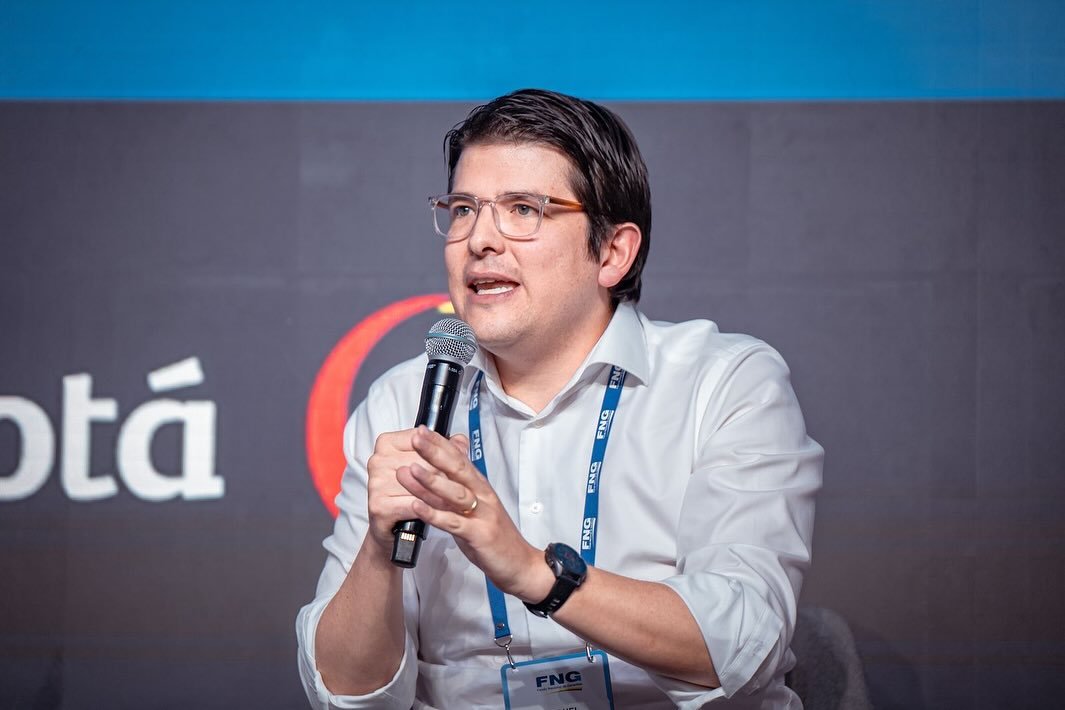
Did you know? Miguel Uribe Turbay announced his presidential candidacy in October 2024 at the exact location where his mother, Diana Turbay, was killed in 1991. This deeply personal choice reflected his commitment to transforming pain into purpose, a theme that defines his political journey.
